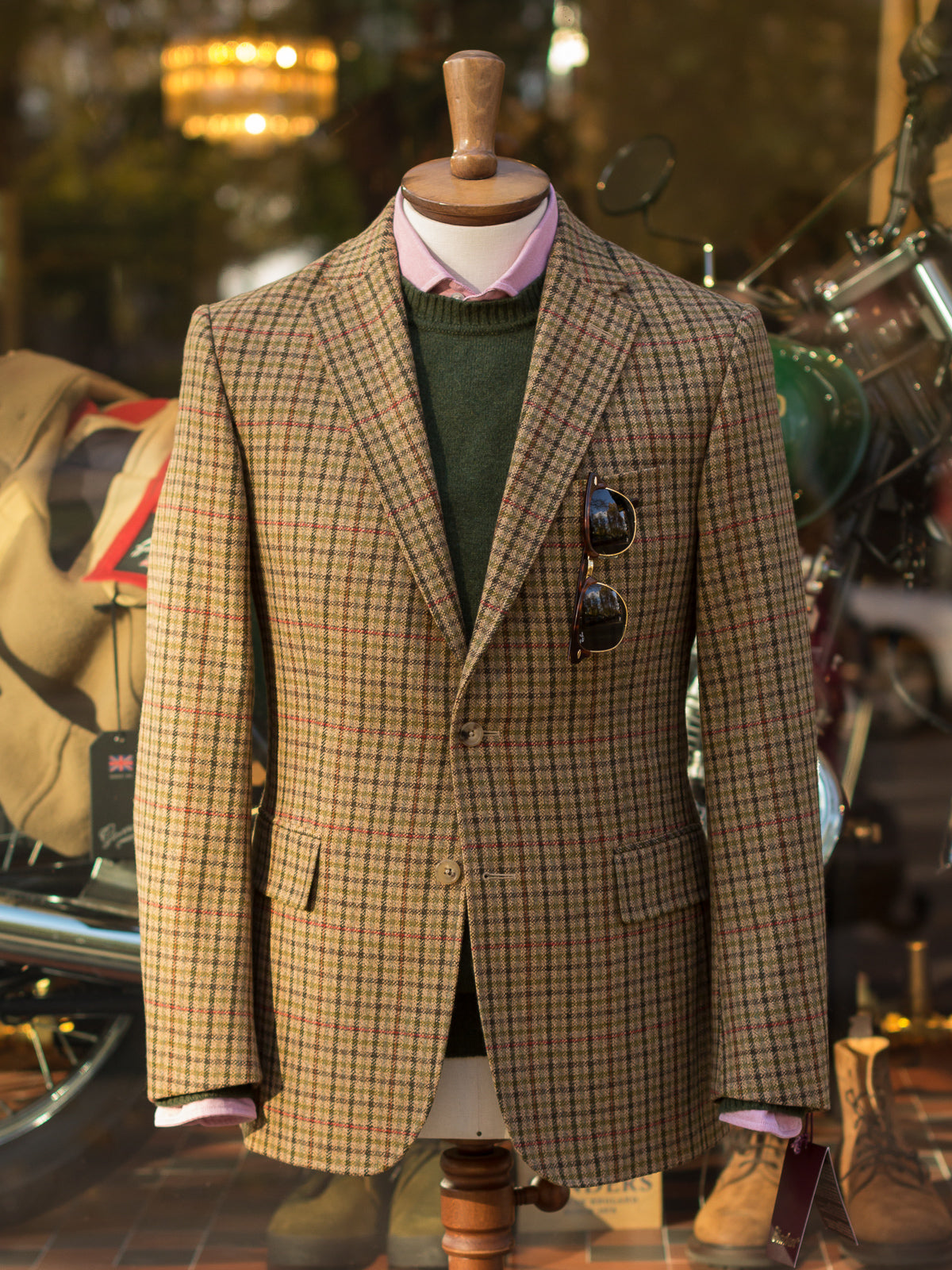
The Sports Jacket and the Origins of the Modern Suit
It is not surprising that the perhaps most English of all inventions, the modern suit, derives its descent from the equally English fields of hunting and shooting. The development of the sports jacket made it possible to replace the English tailcoat and bring men’s clothing into the twentieth century.
Long before Edward VII established Savile Row as synonymous with highest quality in male dress, and before his grandson introduced the concept of “soft dress” to the world (relieving it from, among other things, the starched collar) the Britons were world leading in combining common sense with style. It is this sense for combining elegance with practicality that brought to the world the Country style apparel, and with it a look that today is quite the convention all around the globe. And no article of clothing makes a clearer testament to this than the sports jacket.
The historic English aristocracy separated itself from the French in many ways, but in matters regarding attire, maybe one circumstantial aspect is the most important: It spent its leisure time in the countryside, and the need for clothes that would be as suitable for riding and shooting as for social life meant the advent of the Country style apparel.

The shooting jacket, the hacking jacket, the Norfolk jacket (named after the Duke of Norfolk, according to legend, and made famous by Sir Edmund Hilary, among others) and quite a few others, were designed with particular tasks in mind: The shooting jacket’s action back shoulders made it comfortable to swing the gun, the hacking jacket’s single slit in the back made it look attractive on a horses back, the Norfolk jacket’s built in belt and straps made it suitable to carry heavy equipment in its bellow pockets.
In the nineteenth century, a gentleman would wear a morning jacket with trousers in a different colour (often grey, with stripes) as formal wear. Suits were made of tweed, and were only worn for sporting activities; they were really sporting jackets with matching trousers. These early suits, often belted or half belted, with box pleats on the back and pockets, gradually made their way from the countryside and into the early stages of smart casual. And as the suits became more formal, and less often made of tweed, the odd jacket became an item in itself. By the late 1930's, most of its more practical features, such as the belt, had disappeared. The modern suit was born, and its less formal sibling, the sports jacket, took on the appearance we know today. The tweed sports jacket, worn with for example grey flannel trousers, had become a common sight; and as the wool, cotton or linen suit became the required attire for business, combining trousers and jackets from different suits (light with dark, thick with thin) became a popular way of dressing for the holiday.
The evolution of menswear may have left a variety of jacket models somewhat by the wayside, but the almost dizzying array of fabrics, patterns and styles available to the smart casual connoisseur of today certainly seems to suggest that the by now classic odd jacket – tweed, cotton, linen or silk; grey, blue, white or brown, patterned or solid – is here to stay.

